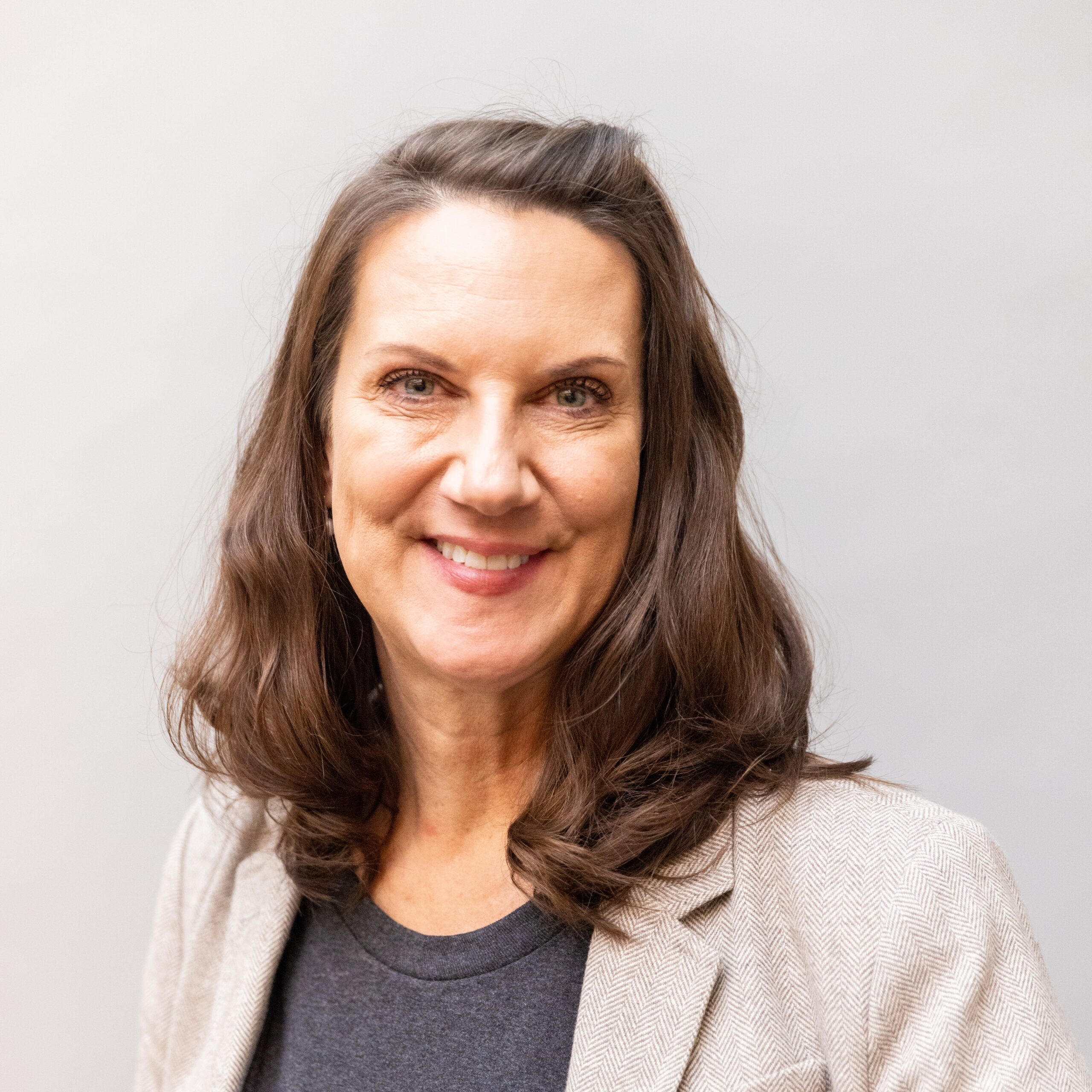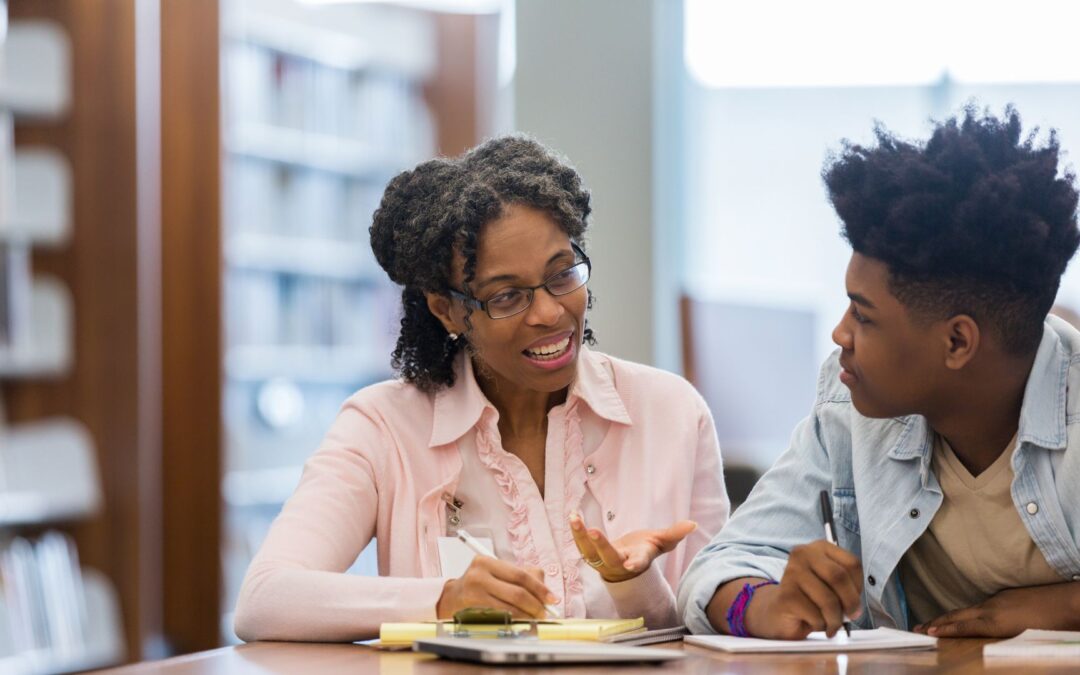What comes to mind when you think of a school librarian? Books? Circle time? Quietly selecting literature to read at a table? That may be what we remember from our own childhood, but the days of a cardigan wearing, student shushing librarian are now replaced by the new generation of librarians; ones that are more likely to be helping students learn how to code, utilize design thinking in maker spaces, and navigate databases instead of reading quietly in a set 30 minute block of time.
Libraries have been about sharing and storing information since the ancient libraries of Alexandria, so it seems we have come full circle and in a technology age in which all that information can be found digitally. Digital age school librarians, or Media Specialists as many are called now, are often recruited as the leaders in digital literacy and serve as a key force in preparing the students to be “future ready”. As the term “literacy” is changing in meaning from reading to coding, so is the role of the librarian. New school librarians also provide instruction on evaluating credible sources of information, teach how to be a considerate and positive contributor as digital citizens, and connect the school community to relevant resources.
Maker spaces have also changed the landscape of school libraries. Many are now equipped with robotics navigated by code, sound studios to produce music, and 3D printers to support a maker and innovative culture. Leading all of this are the media specialists/ school librarians redefining school libraries and shifting the paradigm to fit the current needs of today’s students.
As we look at appreciating our school librarians this week, I am most thankful to have been a part of this “tribe” in my past career. I am in constant awe of their flexibility in their role, their astounding ability to navigate resources in the information age, and their engaging in all the battles to get the right information in the right hands. These educators also help filter out the questionable content, validate resources, and build digital citizens that can then apply these skills as they leave our schools for their awaiting futures. Thank you for all you do for our children and communities as you celebrate a well-deserved appreciation week!

Karen Smith
Regional Partnership Manager
Karen Smith served as a modern school librarian before taking a position at an Education Service Center in Texas and providing training and professional development on STEAM makerspaces, design thinking across curriculum, and library best practices, for which she was published in American Library Association’s magazine, Knowledge Quest. She now provides resources and curriculum to school districts to support digital and computer science skills as a Regional Partnership Manager, as well as managing the sales team at Learning.com.
Further Reading
Measuring Digital Readiness: What Metrics Actually Matter?
Technology is everywhere you look inside your school, but true digital readiness goes far beyond having devices in classrooms. For administrators,...
Teaching Students About AI in School and Beyond
Artificial intelligence is reshaping the classroom. As tools like ChatGPT, image generators, and voice assistants become part of students’ daily...
AI in K-12: How to Integrate It Without Overwhelming Your Teachers
Artificial Intelligence (AI) is rapidly reshaping education, offering powerful tools that promise to personalize learning, save teachers time, and...




